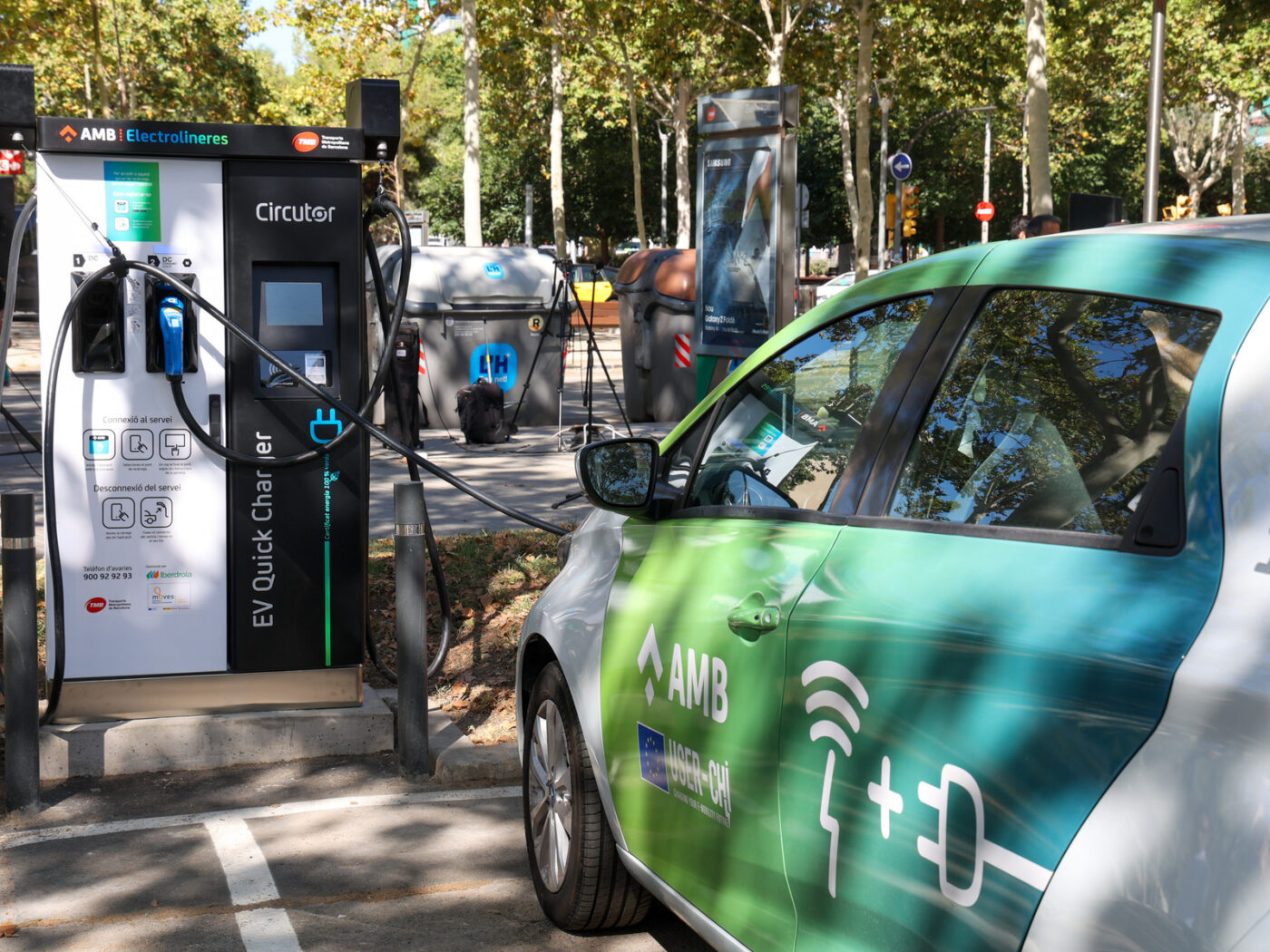Automotive chemical manufacturer Prestone is developing a low-conductivity electric vehicle (EV) coolant aimed at increasing EV efficiency. The company has significantly boosted its research and development budget to explore less conductive cooling fluids, according to a report from Automotive News on Friday.
“Essentially, EVs are borrowing the internal combustion engine fluid,” said Prestone EV Director Tom Corrigan. “We are going to see a shift in that in the next one to two years.”
Prestone has been testing its low-conductivity EV coolants in Ford Mustang Mach-E vehicles at its tech center in Danbury, Connecticut. While the initial products, expected to be released in about two years, will still use ethylene glycol bases, Corrigan noted that petroleum-based dielectric coolants might replace the current chemistry in the future.
The coolant requirements may also vary depending on battery chemistries, with lithium-iron phosphate (LFP), solid-state, and nickel manganese cobalt batteries likely necessitating different formulations. Tesla’s website states that its cooling systems currently use a phosphate and nitrate-free ethylene glycol-based coolant.
Ethylene glycol can ionize over time when interacting with metals, plastics, and other engine materials, reducing the efficiency of battery-electric vehicles (BEVs). Additionally, safety concerns drive the shift towards BEV-specific coolants to replace corrosion inhibitors used in internal combustion engine (ICE) coolants.
“Those ionize in the fluid and carry an electrical charge. If you have an issue where high-conductivity coolant contacts high-voltage electronics or the battery, it can lead to fire,” explained Corrigan. “So what we are working on is low-conductivity coolant.”
Scientists measure the electrical conductivity of coolants using microsiemens per centimeter. Gas vehicles typically exhibit conductivity between 3,000 and 5,000 microsiemens per centimeter, which does not negatively affect them as it does BEVs. In contrast, BEV manufacturers are asking Prestone to develop a coolant with just 100 microsiemens per centimeter. Fuel cell vehicles may require even lower conductivity levels, between 0.5 to 1.5 microsiemens.
“Every bit of increased conductivity is a loss of efficiency in the fuel cell. You’ve got to make the fluid very pure,” Corrigan noted.
To support these advancements, Prestone has added five scientists and engineers to its team focused on developing coolants for BEVs and fuel cells.
“We see where the future is going with EV coolants, and we want to be ready when the manufacturers are ready,” Corrigan said.







